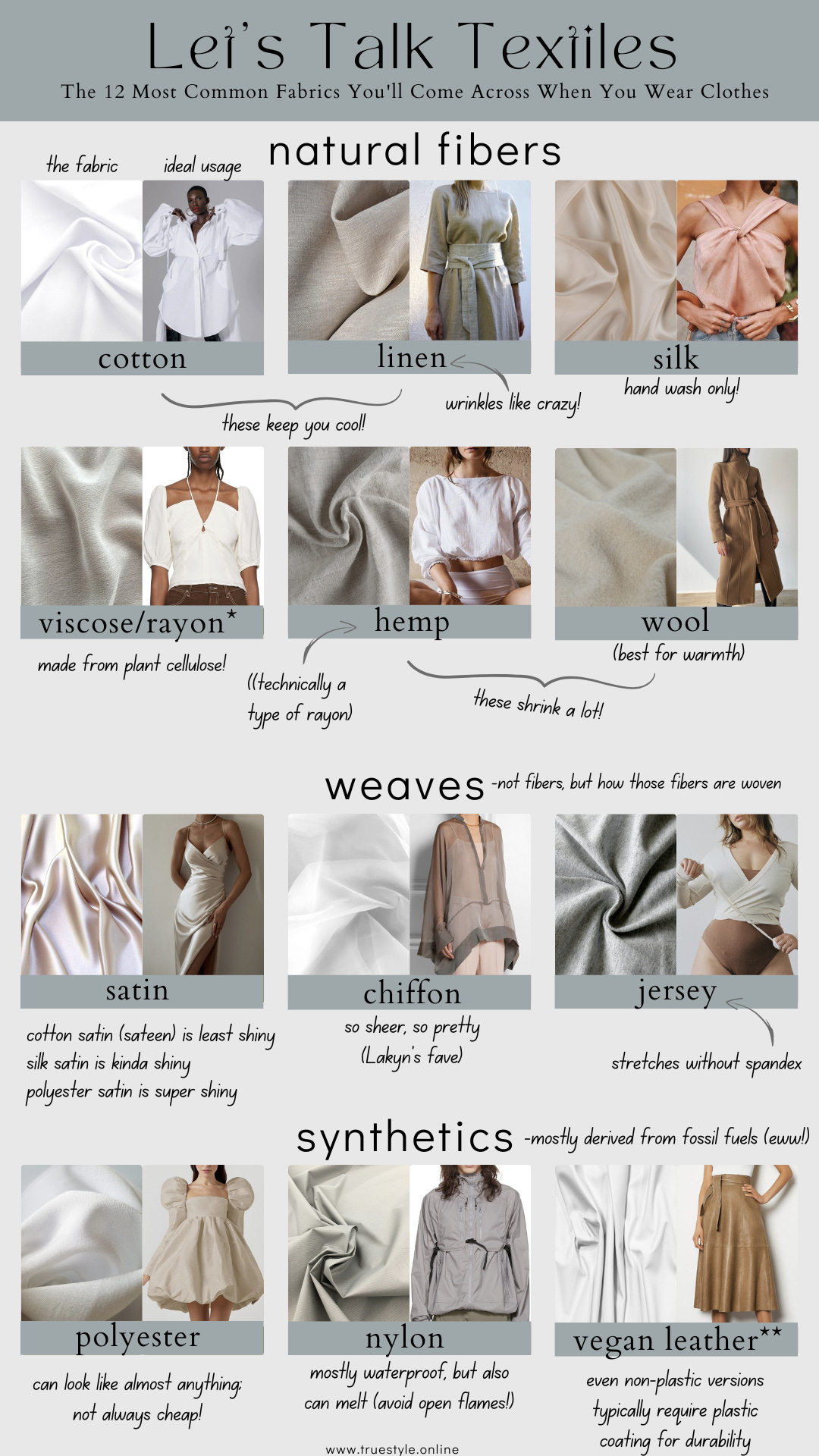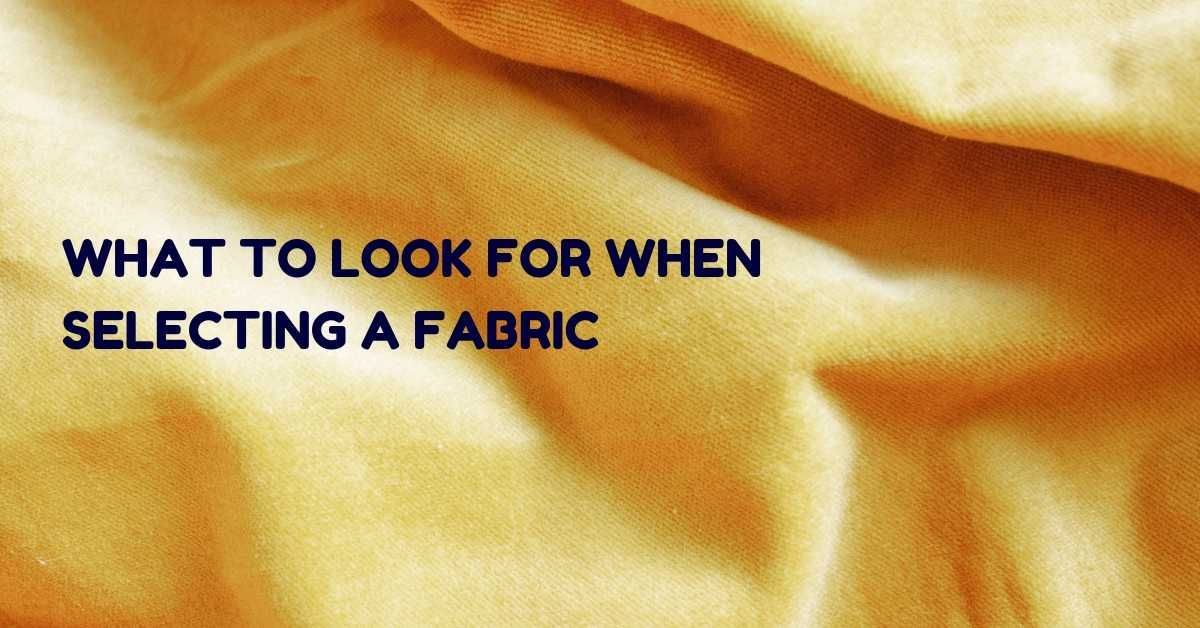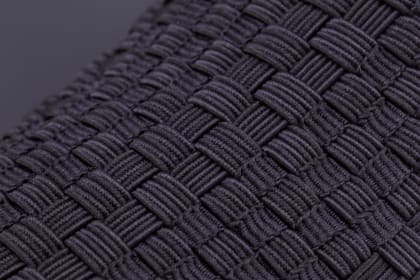The Definitive Guide to All 4 Way Stretch Fabrics
The Definitive Guide to All 4 Way Stretch Fabrics
Blog Article
All 4 Way Stretch Fabrics - An Overview
Table of ContentsAll 4 Way Stretch Fabrics Fundamentals ExplainedThe 4-Minute Rule for All 4 Way Stretch FabricsSome Ideas on All 4 Way Stretch Fabrics You Need To KnowThe Of All 4 Way Stretch FabricsFacts About All 4 Way Stretch Fabrics UncoveredThe Single Strategy To Use For All 4 Way Stretch FabricsNot known Incorrect Statements About All 4 Way Stretch Fabrics
As I also want UV protection from my garments when I head out, I would certainly choose a largely woven cotton fabric. Also the undergarments is much better in cotton (No spandex bands anywhere near the skin). Have a look at the ideal materials appropriate for making summertime clothes. Another consideration when buying the fabric is the means it will after cleaning.A risk-free wager would certainly be to buy at the very least 10% extra material. If you can buy preshrunk fabric, this is the most effective. Preshrunk material will certainly have tags that will certainly claim" and so on. If you are seeking a fabric that will certainly not extend or lose shape, you can try to find the "anti-sag" label.

If you are matching the color, like choosing the lining for the main textile or choosing textile to add as trim, this is particularly crucial. The textile display rooms will generally have a light well where you can see the textile in sunlight (or a window with excellent light from outside).
Getting The All 4 Way Stretch Fabrics To Work

Many textiles have to do with 44 vast. When you most likely to buy textile, quote just how much you want first and after that most likely to the shop. Inspect out this post to understand the response to this often listened to inquiry "How much material do I need". With a fat quarter, you will obtain an 18 vast by 22 long.
These are offered in the stores I regular as cut pieces they are primarily prized low and some of them, when they are last off the bolt, prized really reduced. You will certainly need to ask the salespersons for pieces like that. Some wonderful deals can be had this way. In dressmaking, we purchase fabric by the yard/meter.
Little Known Facts About All 4 Way Stretch Fabrics.
In a quarter of a yard, you get a 9 by 44 strip of textile, which has to do with 22 cm in length. It is constantly much better to acquire wider fabric. According to the size of materials, they may be called single-width and double-width. Single size is normally as much as 49 inches in size and double width approximately 60.
You can find out more regarding lawn to meter conversion here. Look into this article on checking out a tape measure Choose materials that are not as well tough or rigid, or you would not be comfortable in them. Bed linen, Denim, flannel, For cooler climates, pick wool (100% as well as woollen blends) woollen tweeds, wool crepe; it generally depends upon what pants you are discussing Tailored trousers, Unstructured Pant, Combined, Pants.
All cotton materials are excellent for kids. Knit materials are additionally terrific for kids you can go for woollen knits.
Little Known Facts About All 4 Way Stretch Fabrics.
Look into this blog post on the very best fabric for garments for babies and kids for more information on this subject. Light-weight cotton is my preferred to stitch skirts. Cotton yard cloth in beautiful prints is fantastic. Silk jersey is a great fabric for sewing skirts, as is Ponte Roma weaved textile.
Drapey rayons, soft wool, lycra blends, and stretch velvets are all appropriate for stitching skirts. Wool (Woollen crepe has a terrific drape and provides adequate structure for coats; wool tweeds are wonderful as well), Bed linen & Flannel. Raw silk, satin, taffeta, velour, Shoelace, silk chiffon, and Organza are all excellent for making outfits.
You can get medium-weight fabrics with some spandex/elastane included for a suitable bodycon-type outfit. For drapey gowns, you can choose lightweight materials. Crepe, challis, and charmeuse are all drapey materials suited for this design.
Lightweight cotton textile, Cambric, Chintz, Twill, Faille, Seersucker, Poplin, light-weight woven broadcloth, batiste, linen, eyelet are great for making t-shirts and blouses. I like chiffon blouses. Silky satin fabric benefits making ventilated tops. Take a look at the post on the 7 finest materials for making t-shirts. Making stoles and scarves need various considerations for the material check out this message on the materials for making scarves When purchasing formed material (most of the patterned textile features a size of 45 or 54 inches), there will be pattern repeat in these materials, and this must be considered when cutting textile as well as acquiring them i.e., if you want to match the patterns at the joints.
Rumored Buzz on All 4 Way Stretch Fabrics
This article has the names of all the checkered patterns and this, stripe patterns. The concepts will be dispersed in a planned style on the material. But you might see in some cases If the print is not positioned on the fabric correctly, it can not be matched or lined up when constructed without misshaping the fabric and the hang of the garment.


You can find out much more about grain and grainline of material right here. The fabric weight depends on several factors like the weave, fiber type, etc and is commonly denoted by GSM. GSM can differ from 60 -700; 700 being the GSM of extremely high-grade woolen fabric. A denim fabric has a GSM of 400, relying on the weave.
One point you have to maintain in mind is that higher textile weight does not denote higher fabric top quality. It just is an indication of the viability of the textile for a specific task. You can not choose high material weight material jeans for a lightweight floating stole. Recognizing the fabric weight serves when contrasting the same type of materials, yet even this will certainly rely on its application.
In a nutshell, the most important criteria to look for in the material you buy are as follows (https://www.pearltrees.com/a4wsfabrics#item644646382). The number of strings per inch of material (yarns-per-inch).
The 7-Minute Rule for All 4 Way Stretch Fabrics
This is very crucial in any type of textile. In top quality fabric, this balance (either in numbers or in dimension) will certainly always be kept. Procedures utilized on material to enhance appearance and performance. The fibers that are woven to make the textile will either be as a solitary strand or will certainly be developed by incorporating two yarns (turned).
A two-ply thread is remarkable to a single-ply thread.
If you are preparing yourself to start a new embroidery project, picking a textile will be one of the most vital action as soon as you determine what you intend to make. After you've gone to all the difficulty and expenditure of acquiring the sewing equipment you like, a pattern you love, and a fabric you enjoy, you want the ended up product to be a success? One way to achieve that is to begin by seeing to it your textile is absolutely right for the project.
The 7-Minute Rule for All 4 Way Stretch Fabrics
If you're making a quilt, you'll automatically desire to make use of quilter's weight cotton for ideal results. However her latest blog what if you intend to make a product of apparel? Exactly how do you know which fabric will offer you the very best result? Picking a fabric just because you like the print or design on it isn't always the very best method.
In order to stay clear of doing a whole job for basically absolutely nothing, we've put together some ideas to help you determine which fabric is right for your job. Let's state you currently have a project in mind; just how do you discover the right material for it?
Then, assume of the attributes you desire the finished product to have. If apparel, will it be fitted or loose? Dressy or daily? For cozy weather condition or cold? Do you desire a strong shade or a print? If you are making a non-wearable thing such as a pillow cover or potholder, utilize a durable fabric such as canvas.
There is so much details out there about materials, their qualities, and their uses, it can reach be frustrating! Do not try to take it in all at as soon as; simply start with the job at hand. Learn all you can about the material you use for this one job.
Report this page